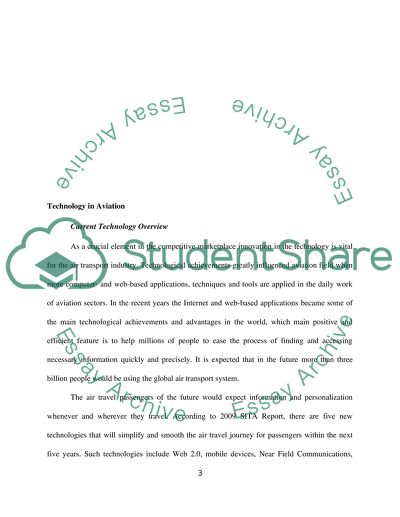Cite this document
(“Control Over IT & Cyberspace in Aviation in the United States Essay”, n.d.)
Retrieved from https://studentshare.org/environmental-studies/1422835-control-over-it-cyberspace-in-aviation-in-the
Retrieved from https://studentshare.org/environmental-studies/1422835-control-over-it-cyberspace-in-aviation-in-the
(Control Over IT & Cyberspace in Aviation in the United States Essay)
https://studentshare.org/environmental-studies/1422835-control-over-it-cyberspace-in-aviation-in-the.
https://studentshare.org/environmental-studies/1422835-control-over-it-cyberspace-in-aviation-in-the.
“Control Over IT & Cyberspace in Aviation in the United States Essay”, n.d. https://studentshare.org/environmental-studies/1422835-control-over-it-cyberspace-in-aviation-in-the.


